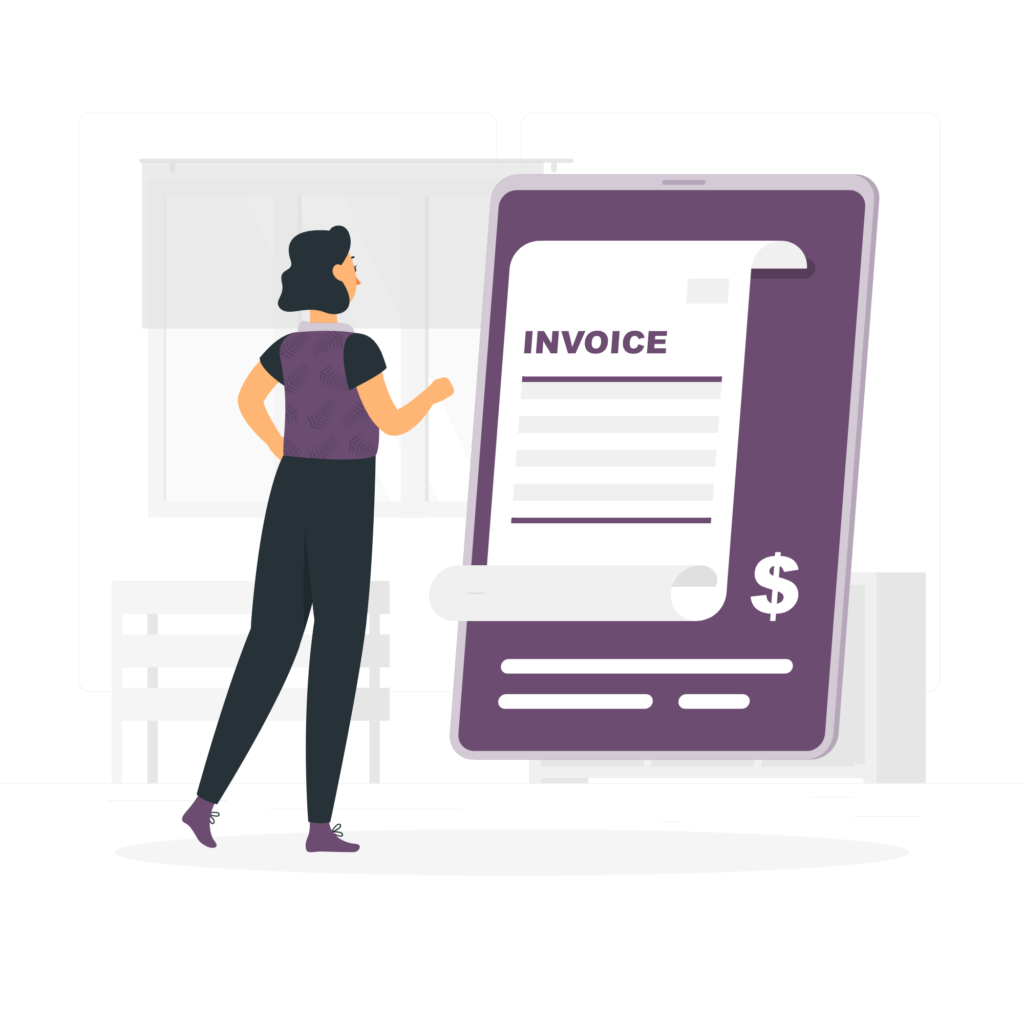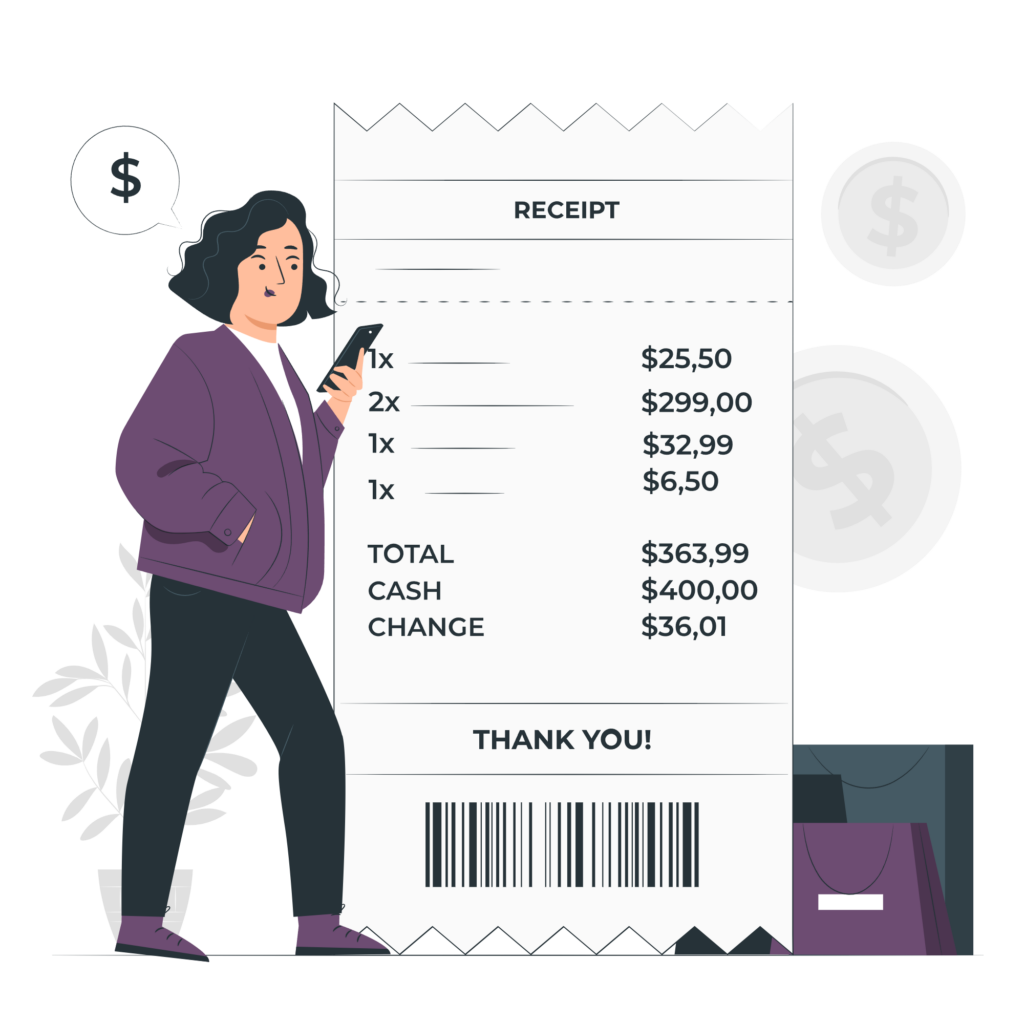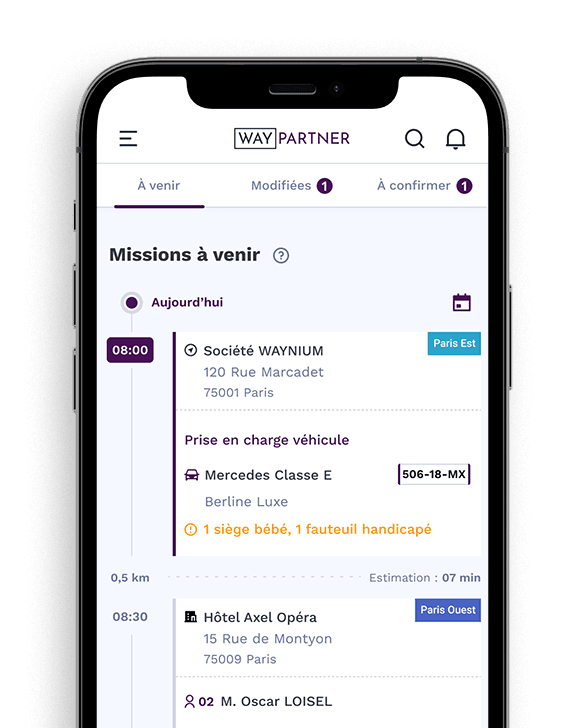Choosing the right finance for your vehicle is a decisive step for a VTC driver. There are three main options: buying (cash or credit), leasing with an option to buy (LOA) and long-term leasing (LLD). This article provides clear guidance to help you identify the most advantageous option for your profile and business.
The essentials in a nutshell
No time to read the whole article? Here's a quick summary of the key points:
For those who want to get straight to the point:
- Buy Large initial investment, advantageous VAT recovery, higher long-term profitability, but difficult access to credit.
- LOA Moderate capital outlay, guaranteed new vehicle, but strict mileage constraints and high return costs.
- LLD No capital outlay required, predictable fixed costs, but no long-term ownership.
Buying a vehicle: investing for the long term
Benefits
The purchase allows you to build up your assets immediately. You benefit directly from ownership of the vehicle, with total freedom of use (unlimited mileage, personalisation). Above all, as a VTC driver, you can reclaim the VAT on the purchase: for example, for a vehicle costing €40,000 excluding VAT, you can reclaim €8,000 in VAT, reducing the actual cost to just €40,000. With accounting depreciation over 4 or 5 years, this is the most financially advantageous option after 3 to 4 years of intensive activity.
Disadvantages
The main obstacle is the substantial initial investment: you need between €10,000 and €35,000, depending on the model you choose. Banks are often reluctant to lend to VTCs, which complicates access to conventional financing. You will also have to pay VAT in advance (€8,000 in the example above) for 1 to 3 months, depending on your tax regime. Finally, you should be aware that if you cease trading before 5 years have elapsed, you will have to pay back a proportionate amount of the VAT you have reclaimed.
For which profile?
The purchase is ideal for experienced drivers with a stable and intense activity, generally exceeding 500 journeys per month, with initial capital and a clear long-term vision (at least 3 years).
Leasing with an option to buy (LOA): an intermediate solution with constraints
Benefits
The LOA is attractive because of its low initial outlay (usually €1,000 to €4,000). The monthly payments are fixed and often include maintenance and insurance. VAT is deducted monthly from your rental payments, so you don't have to make a substantial advance at the outset. Eventually, you have the option of buying the vehicle, which is often new.
Major disadvantages specific to VTCs
However, leasing a vehicle presents significant constraints for a VTC driver. The mileage limits imposed (often around 30,000 km/year) are quickly exceeded by a full-time driver (60,000 km/year on average), leading to heavy financial penalties (up to several thousand euros). At the end of the contract, returning the vehicle often involves high repair costs, which can easily reach €8,000 to €10,000 for minor repairs (scratches, tyres, dents).
For which profile?
The LOA is best suited to drivers with regular but moderate activity, fewer than 400 journeys a month, who want to keep the purchase option open while limiting the initial investment.
Long-term leasing: simplicity without capitalisation (H2)
Benefits
With long-term leasing, you don't need to make a deposit. Monthly costs are fixed and generally include maintenance and insurance. VAT is included in the rental charge, so there's no need for a large initial advance. It's a simple way to manage your budget without any surprises.
Specific disadvantages
Leasing does not give you any chance of owning the vehicle in the long term. So you don't build up any assets. What's more, as with leasing, you are subject to mileage restrictions, which means that there are substantial financial penalties if you exceed your mileage limit. The commitment is generally for several years, with no possibility of buying later.
For which profile?
Full service leasing is particularly well-suited to novice or occasional drivers, looking to try their hand at the business or simply manage their budget over a short period (6 months to 2 years).
Selling your personal vehicle to your VTC company: an optimised strategy
It is entirely possible and advantageous to sell your personal vehicle to your VTC company. The sale price is then recorded in a shareholder's current account. You gradually recover this sum without paying tax or social security contributions on it. However, if the vehicle was purchased personally, you will not be able to reclaim the initial VAT.
Be careful not to hire your own vehicle!
Hiring out your own vehicle to your VTC company is strongly discouraged: it involves complex administrative procedures, high social security contributions and difficulties in finding insurance.
What's the right choice for your profile? Clear summary
- Experienced full-time drivers (more than 500 journeys/month) with a stable business over at least 3 years: prefer to buy.
- Intermediate drivers (moderate activity with less than 400 journeys/month, purchase option required) : LOA can be considered with caution.
- Novice drivers or occasional work : long-term leasing is recommended for its simplicity and budget control.
The special case of self-employed entrepreneurs
As a self-employed entrepreneur, your status implies a number of important specificities that directly influence your choice of financing:
- Taxation on turnover : You are taxed on your gross sales, not your actual profits. In other words, you cannot deduct your expenses (depreciation, maintenance, rent, etc.) from your taxable turnover. So, unlike other types of company (SASU, EURL, SARL, etc.), you do not benefit from any tax advantages linked to the vehicle's expenses or depreciation.
- VAT recovery : As long as your turnover remains below the basic VAT exemption ceiling (€25,000 per year since March 2025 for services), you cannot reclaim VAT on your purchases or rental payments. Above this threshold, you must charge VAT to your customers, and you also become eligible to reclaim the VAT paid on your expenses (such as vehicle purchases or leases).
Comparative table of financing solutions
| Criteria | Buy | LOA | LLD |
|---|---|---|---|
| Initial contribution | High (€10,000+) | Moderate (€1 to €4,000) | No |
| VAT recovery | Immediate on purchase | Spread over rents | Spread over rents |
| Average monthly payments | 400 to €800/month (credit) | 1200-1500€/month | 1200-1600€/month all inclusive |
| Ownership of the vehicle | Yes, immediately | Possible in the long term | Never |
| Authorised mileage | Unlimited | Limited (heavy penalties) | Limited (heavy penalties) |
| Total long-term cost | Low after 3 years | Medium to high | High (but fixed and controlled) |
| Building up assets | Yes | Possible if purchased | No |
| Return costs | No | Bred without purchase | Raised |
| Maintenance included | No | Possible | Yes, generally |
Conclusion
The choice of finance depends above all on your planned activity, your initial financial stability and your long-term objectives. Take the time to assess your situation carefully, so that you can choose the option best suited to your profile as a VTC driver.
Glossary
Here are some useful terms to know and understand:
- VTC Véhicule de Tourisme avec Chauffeur
- LOA Hire with a purchase option
- LLD : Long-term rental
- VAT Value Added Tax
- Amortization Accounting deduction of the cost of an asset
- Shareholder current account Account recording sums advanced by the partner to his company.










